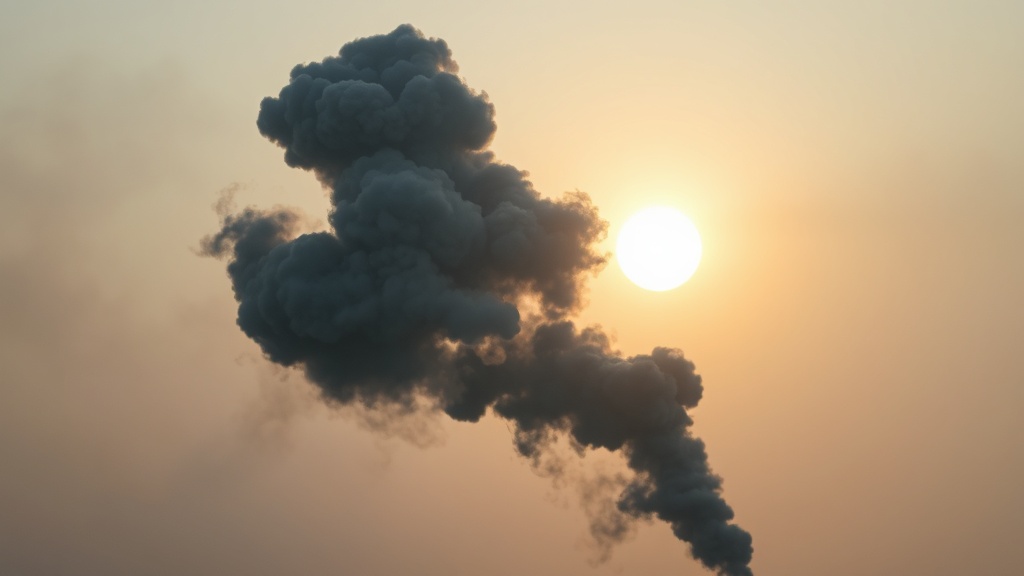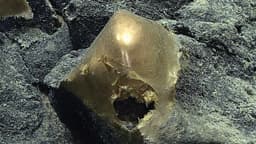Home / Environment / Zombie Fires Ignite Permafrost, Burning Through Winter
Zombie Fires Ignite Permafrost, Burning Through Winter
24 Nov
Summary
- Fires smolder underground in permafrost, reigniting seasons later.
- Overwintering burns release more pollution and greenhouse gases.
- Zombie fires destroy soil seed banks, hindering forest regrowth.

Wildfires are now burning through winter, emerging as 'zombie fires' that smolder in permafrost and reignite. These persistent blazes, once rare in Siberia, Canada, and Alaska, are increasingly common in a warming world. The Donnie Creek fire in British Columbia, which reignited after smoldering underground, exemplifies this growing problem, consuming vast areas and fundamentally altering soil ecology.
These overwintering fires pose a significant environmental threat. Burning slowly in organic soil, they release more particulate pollution and greenhouse gases than conventional fires. This ancient carbon combustion contributes to a dangerous feedback loop, impacting hydrology, seed banks, and transforming organic soil into a mineral base, which severely hinders forest regeneration.
Scientists are urgently developing methods, including satellite imagery, to detect these hard-to-find holdover fires. The prolonged and intense nature of zombie fires challenges traditional fire management and significantly impacts communities. As the Arctic warms faster than other regions, these fires are expected to become even more prevalent, extending fire seasons and increasing stress on ecosystems and inhabitants.




